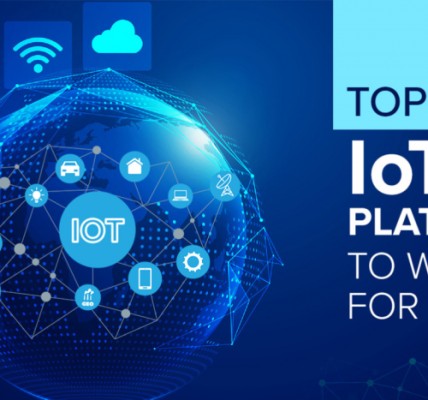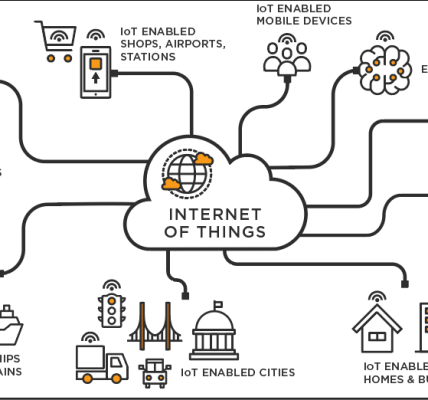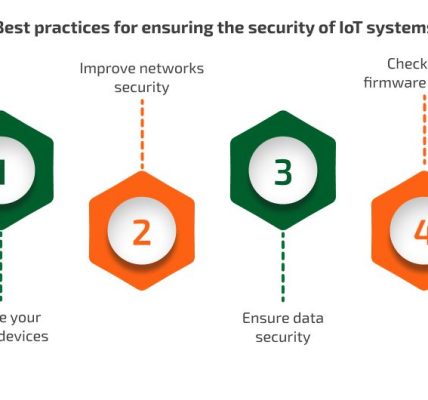Edge computing is a distributed computing paradigm that brings computation and data storage closer to the location where it is needed, eliminating the need to send data back and forth to a central server or cloud. This allows for faster processing of data and reduced latency, making it ideal for applications that require real-time analysis and decision-making.
How Does Edge Computing Work?
Edge computing works by placing small data centers or servers (known as edge nodes) closer to the devices and sensors that collect data. These edge nodes process the data locally, only sending relevant information back to the central cloud when necessary. This reduces the amount of data that needs to be transmitted over long distances, improving overall performance and efficiency.
Benefits of Edge Computing
There are several benefits to using edge computing technology, including:
Reduced latency: By processing data closer to the source, edge computing reduces the time it takes for data to travel back and forth between devices and the cloud.
Improved security: Edge computing can enhance data security by keeping sensitive information stored locally, rather than sending it over a network where it could be intercepted.
Scalability: Edge computing allows for greater scalability, as additional edge nodes can easily be added to accommodate increased demand without overloading the central cloud.
Cost-effectiveness: By processing data locally and only sending relevant information to the cloud, edge computing can reduce bandwidth costs and overall cloud usage.
The Future of Cloud Tech
With the rise of edge computing, the future of cloud technology is set to be more distributed and decentralized. As more devices become connected to the Internet of Things (IoT) and generate vast amounts of data, edge computing will play a crucial role in processing and analyzing this data in real-time.
Cloud providers are already adapting to this shift by offering edge computing services that enable organizations to deploy applications and services closer to the edge. This trend is expected to continue as the demand for low-latency, high-performance computing grows.
Overall, edge computing represents a fundamental shift in how data is processed and managed, offering a more efficient and effective way to handle the vast amounts of data generated by today’s connected devices. As the technology continues to evolve, it is set to become an integral part of the future of cloud technology.




